
Master List of 30+ Non-Comedogenic Oils for Clear Skin
How on earth can an oil be non-comedogenic, and how is it possible there can be 30+ of them?
When it comes to oils, there’s a lot of misinformation circulating around the internet. Many oils have been deemed as non-comedogenic, when in fact, they are.
In this article, you’ll learn why an oil is either comedogenic or not, and I’ll provide you with a list of oils you can use in your skin care arsenal.
What does comedogenic mean?

We hear the term comedogenic a lot — and it represents ingredients or products that are likely to clog pores.
On a scientific level, comedones form when dead skin cells and excess oil block the sebaceous (oil-producing) glands of the skin, which increases sebum production.
Okay, what the heck is sebum and what did I just say!?
Basically, pores get blocked with junk. As a result, the pore widens, creating a bump — also known as comedones.
Sebum is a critical moisturizing substance for skin, comprised of lipids.
While sebum is absolutely essential for our skin properly hydrated, It's also responsible for breakouts when it becomes enlarged.
Open comedones represents blackheads, while closed comedones are whiteheads.
Inflammation and microbial overgrowth are also involved in this process, and this becomes one of the first indications of acne development.
How can non-comedogenic oils help skin?
We can improve and prevent breakouts by utilizing the right oils and product formulations.
While they seem like they'd have the opposite effect, non-comedogenic oils won't clog pores and will help to control excess oiliness and dry skin.
They also absorb easily into the skin, and don't leave a shine — allowing the skin to "breathe".
Opposite to this, comedogenic oils tend to sit on top of the skin where they leave it feeling greasy and shiny.
Non-comedogenic oils can even be used for oil cleansing, helping to dissolve and remove unwanted oil and debris.
Why the comedogenic scale is completely flawed
You may have heard of the comedogenic scale before. Well, It’s complete bull.
The scale was created in the 1970s after testing was done by applying different ingredients to a rabbit's inner ear. Ingredients that caused clogged pores to form were deemed comedogenic with a rating of 0-5 (with 5 being likely to clog pores).
Yea, seriously..
This is wrong on many levels, and It's clear how the very nature of this testing is totally inaccurate.
A rabbit's ear is simply not the same as human skin.
After all, ingredients like olive oil and avocado oil were categorized as non-comedogenic. What!?
Both olive and avocado oils are high in an omega-9 fatty acid known as oleic acid (along with numerous ingredients on the comedogenic scale that have been deemed as "safe"), which is associated with acne breakouts and enlarged sebum — aka clogged pores.
So, the basis of these findings are nothing more than laughable.
I’ll explain oleic acid in a minute, but first, I want to explain the fatty acids that make up oils.
How to look for non-comedogenic oils
This is going to get a little science-y, but I promise It's crucial to understand the different nutrients inside oils and what they do for our skin.
Oils are comprised of fatty acids, and most of them contain the following:
— Linoleic acid (omega-6 essential fatty acid)
— Oleic acid (omega-9 non-essential fatty acid)
— Palmitic acid (saturated fatty acid)
— Stearic acid (saturated fatty acid)
Other, less common fatty acids:
— ALA (alpha-linolenic acid, an omega-3 essential fatty acid)
— GLA (gamma-linolenic acid, an omega-6 essential fatty acid)
— SDA (stearidonic acid, an omega-3 essential fatty acid)
Okay, I know that's a lot to look at. However, understanding these fatty acids is key to knowing the difference between comedogenic and non-comedogenic oils.
Each of the fatty acids listed has a specific effect on the skin, and I'll dive into how below.
1. Low in oleic acid
There's a very common misconception that oleic acid may be comedogenic, but is good for dry skin and eczema.
This is totally false.
While It's true in that some people's skin won't mind higher concentrations of it in products, it should be avoided as much as possible especially if you have overly dry, oily, acne-prone, or an inflammatory skin condition.
Two major characteristics you’ll notice with oils high in oleic acid is they’re thicker in consistency and take forever to absorb into the skin.
Seriously, the absorption takes a while — and if anything, proves you shouldn’t downgrade your skin to this totally unqualified fatty acid.
But, what makes oleic acid comedogenic and bad for the skin?
First off, oleic acid is a non-essential omega-9 fatty acid. Meaning, our skin produces it naturally, and does not need additional supplementation.
It's been shown that when continuously applied to the skin, oleic acid is detrimental to the skin's barrier function. This is because It's irritating and inflammatory.
The disruption of the skin's barrier function occurs in the epidermis — the outermost layer of skin. This results in moisture loss, making oleic acid especially bad for dry skin and eczema. It's also correlated with symptoms of psoriasis.
Oleic acid has even been shown to be unusually high in acne-prone skin, and to significantly stimulate the growth of C. acnes — a bacteria associated with acne breakouts.
On top of this, oleic acid has been specifically shown to induce comedones.
With all of this said, oleic acid is the primary reason why certain oils are not just comedogenic, but downright damaging to the skin.
2. Low in saturated fatty acids
Ah, now onto saturated fatty acids.
Have you ever wondered why solid oils (also known as butters) are, well.. solid?
This is caused by their higher concentration of palmitic and stearic saturated fatty acids, which are naturally solid at room temperature.
Unsaturated fatty acids on the other hand, are liquid at room temperature.
Why might you want to avoid oils high in saturated fats?
Palmitic acid
Palmitic acid is the most abundant saturated fatty acid found in sebum. While natural levels are important for our skin, it can cause issues when in excess.
Palmitic acid has been shown to be pro-inflammatory, potentially contributing to acne inflammation, and has been shown to be significantly increased in acne comedones.
Excess palmitic acid also lessens the anti-inflammatory effects of linoleic acid and ALA (we'll talk about these two more below), by inhibiting their fatty acid conversion process in the skin.
On top of this, palmitic acid can also be converted into oleic acid in the skin.
Stearic acid
The one important know about stearic acid is it can be converted into oleic acid as well, where it accumulates in the skin's sebum.
Now, there isn't much data around what this actually does. However, It's safe to say that stearic acid has high potential to be comedogenic when applied to the skin.
3. High in polyunsaturated fatty acids
Hands down, polyunsaturated fatty acids are some of the most important nutrients for skin health.
They're considered to be essential to us, as our bodies are unable to produce them naturally and we must obtain them from food sources. Or in this case, from skin care ingredients.
Polyunsaturated fatty acids include omega-3s and 6s, and we'll be focusing on the following ones: linoleic acid, GLA, ALA, and SDA.
Linoleic acid and GLA
Don’t be alarmed by that fact that oleic is contained in the name. Linoleic acid is hands down the most important fatty acid to look for in a non-comedogenic oil.
Linoleic acid (omega-6 fatty acid) is the most abundant polyunsaturated fatty acid in the skin, and is a critical nutrient in the skin’s sebum.
It's a key player in maintaining the health of the skin's moisture barrier, helping to keep the skin hydrated.
Low levels of linoleic acid in the skin impairs the skin's barrier function and leads to inflammation, increasing the susceptibility for comedones to form.
Linoleic acid can reduce the size of comedones by at least 25% when used on the skin.
Acne-prone skin has been shown to have low levels of linoleic acid, which is partly responsible for the increase in sebum size and breakouts.
When the skin lacks linoleic acid, it overproduces oleic acid to compensate for this loss. This increase in oleic acid (common in acne-prone skin) is what results in increased sebum size and breakouts.
So as you can see, linoleic acid is very important for the health of our skin.
This bring me to GLA (gamma-linolenic acid), another form of omega-6 that linoleic acid gets converted into by the skin.
GLA is especially important in dry skin disorders as well as aging skin, specifically for hydration, elasticity and firmness.
The enzyme 5a-reductase can be inhibited by GLA, which can help control oil production in the skin.
The skin can suffer a deficiency in the enzyme delta-6 desaturase, especially in skin prone to an inflammatory condition.
Delta-6 desaturase is important for converting linoleic acid into GLA. This is why we should look for oils that contain GLA as well, in order to bypass this often faulty enzyme.
Omega-3s
ALA (alpha-linolenic acid) is an important omega-3 essential fatty acid for the skin.
After applying it to the skin, it can be converted into several other omega-3s like SDA (stearidonic acid), and eventually into the coveted EPA (eicosapentaenoic acid) and DHA (docosahexaenoic acid).
Omega-3s have the ability to squander inflammation by reducing cytokine production in the skin — a group of proteins that can trigger immune responses.
Since cytokines may be partly responsible for the formation of comedones, this makes omega-3 fats incredibly useful.
Back to the delta-6 desaturase enzyme I just mentioned — it also converts ALA into SDA. Since it can be faulty, It's helpful to use any oils that contain SDA in order to bypass the ALA conversion process.
Comedogenic oils to avoid
I've listed 5 common comedogenic oils below, along with their fatty acid compositions.
For a larger list of comedogenic oils, read our previous article on it here.
1. OLIVE OIL
Olive oil has become a wildly popular skin care ingredient in recent years.
Unfortunately, it has been shown to be damaging to the skin's barrier function — likely do to its high content of comedogenic oleic acid.
Oleic acid: 55% — 83%
Linoleic acid: 3.5% — 21%
2. SHEA BUTTER
*This includes shea nut oil as well, which is a by-product of shea butter production and has a similar fatty acid composition.
Oleic acid: 55%
Palmitic acid: 8%
Stearic acid: 28%
Linoleic acid: 7%
3. AVOCADO OIL
Oleic acid: 65%
Linoleic acid: 14%
4. SWEET ALMOND OIL
Oleic acid: 50% — 83%
Linoleic acid: - 20% — 30%
5. PALM OIL
Oleic acid: 40%
Linoleic acid: 9%
Master List of 30+ Non-Comedogenic Oils

I've listed all non-comedogenic oils below along with their corresponding fatty acid ratios below, in order of their least comedogenic potential.
So, you'll find oils with the highest amount of essential fatty acids compared to low oleic acid at the top of the list.
Please note: the fatty acid ratios for each oil varies based on their country of origin, growing conditions, and of course, from producer to producer.
Certain comedogenic oils can also be combined with non-comedogenic oils used in small concentrations.
Tamanu oil, is one where this would be beneficial (as long as you don't have a nut allergy). Its oleic to linoleic acid ratio is quite similar, but it does have a high amount of stearic acid (so, not the best).
However, tamanu offers anti-inflammatory and anti-bacterial properties in very low concentrations.
You can use this list of non-comedogenic oils to find products that have the least potential to cause breakouts.
Here are all of the non-comedogenic oils:
Some of the oils listed contain GLA, ALA, and SDA.
For this list, you'll want to opt for the first 5-10 oils as either singular ingredients for your skin or as the base ingredients in a moisturizer.
0. BOTANICAL RECOVERY SERUM
Okay, this isn't actually a single oil.
It's our signature hero product, and it combines evening primrose, chia, and hemp oils with soothing botanicals like calendula, turmeric, and gotu kola.
1. CHIA SEED OIL
Chia is great as it has both one of the highest amounts of ALA and lowest amounts of oleic acid you'll find in an oil.
Linoleic acid: 17%
ALA: 57%
Oleic acid: 6%
2. AHIFLOWER OIL
You've probably never heard of this one before. Ahiflower oil is truly unique with its high ALA, SDA, and GLA content, as well as low oleic acid.
The only shortfall is you can really only find it in supplement form.
Linoleic acid: 12%
GLA: 6%
ALA: 46%
SDA: 20%
Oleic acid: 7%
3. EVENING PRIMROSE OIL
Linoleic acid: 72%
GLA: 9%
Oleic acid: 8%
4. GREEN COFFEE BEAN OIL
Linoleic acid: 41%
ALA: 1%
Oleic acid: 9%
5. HEMP OIL
Linoleic acid: 52%
GLA: 3%
ALA: 10%
SDA: 2%
Oleic acid: 10%
6. SACHA INCHI OIL
Linoleic acid: 32% – 37%
ALA: 42% – 48%
Oleic acid: 9% – 12%
7. PRICKLY PEAR SEED OIL
Linoleic acid: 74%
Oleic acid: 13%
8. SEA BUCKTHORN SEED OIL
Important to note: sea buckthorn seed oil has a different fatty acid profile than sea buckthorn pulp oil.
Linoleic acid: 36%
ALA: 36%
Oleic acid: 13%
9. WATERMELON SEED OIL
Linoleic acid: 68%
Oleic acid: 13%
10. RASPBERRY SEED OIL
Linoleic acid: 55%
ALA: 23%
Oleic acid: 14%
11. ROSEHIP SEED OIL
Linoleic acid: 44%
ALA: 34%
Oleic acid: 14%
12. BLACK CURRANT OIL
Linoleic acid: 47%
GLA: 13%
ALA: 14%
SDA: 3%
Oleic acid: 14%
13. WALNUT OIL
Linoleic acid: 61%
ALA: 15%
Oleic acid: 14%
14. ECHIUM OIL
Linoleic acid: 19%
GLA: 10%
ALA: 30%
SDA: 12%
Oleic acid: 15%
15. BLACKBERRY SEED OIL
Linoleic acid: 63%
ALA: 15%
Oleic acid: 15%
16. STRAWBERRY SEED OIL
Linoleic acid: 47%
ALA: 30%
Oleic acid: 16%
17. GRAPESEED OIL
Linoleic acid: 70%
Oleic acid: 16%
18. FLAXSEED OIL
Linoleic acid: 18%
ALA: 55%
Oleic acid: 17%
19. PERILLA OIL
Linoleic acid: 15%
ALA: 63%
Oleic acid: 17%
20. BLACK RASPBERRY SEED OIL
Linoleic acid: 52% – 56%
ALA: 29% – 33%
Oleic acid: 13% – 18%
21. BORAGE SEED OIL
Linoleic acid: 39%
GLA: 20%
Oleic acid: 18%
22. CRANBERRY SEED OIL
Linoleic acid: 37%
ALA: 31%
Oleic acid: 20%
23. CUCUMBER SEED OIL
Linoleic acid: 60% – 68%
Oleic acid: 14% – 20%
24. MARACUJA OIL (PASSIONFRUIT SEED)
Linoleic acid: 55% – 66%
Oleic acid: 18% – 20%
25. POPPY SEED OIL
Linoleic acid: 65%
Oleic acid: 20%
26. AMARANTH SEED OIL
Linoleic acid: 43%
Oleic acid: 21%
Squalene: 6.8%
Amaranth seed oil contains a natural presence of squalene, which is the non-hydrogenated version of the popular squalane.
27. SOYBEAN OIL
Linoleic acid: 53%
ALA: 7%
Oleic acid: 22%
28. BLACK CUMIN SEED OIL
Linoleic acid: 55%
Oleic acid: 22%
29. PUMPKIN SEED OIL
Linoleic acid: 57%
Oleic acid: 23%
30. KUKUI NUT OIL
Linoleic acid: 39%
ALA: 27%
Oleic acid: 25%
31. AMLA OIL
Linoleic acid: 51%
ALA: 12%
Oleic acid: 26%
32. SAFFLOWER OIL (HIGH LINOLEIC VARIETY)
Linoleic acid: 68% – 85%
Oleic acid: 8% – 30%
33. CHOKEBERRY SEED OIL
Linoleic acid: 57% – 64%
Oleic acid: 22% – 30%


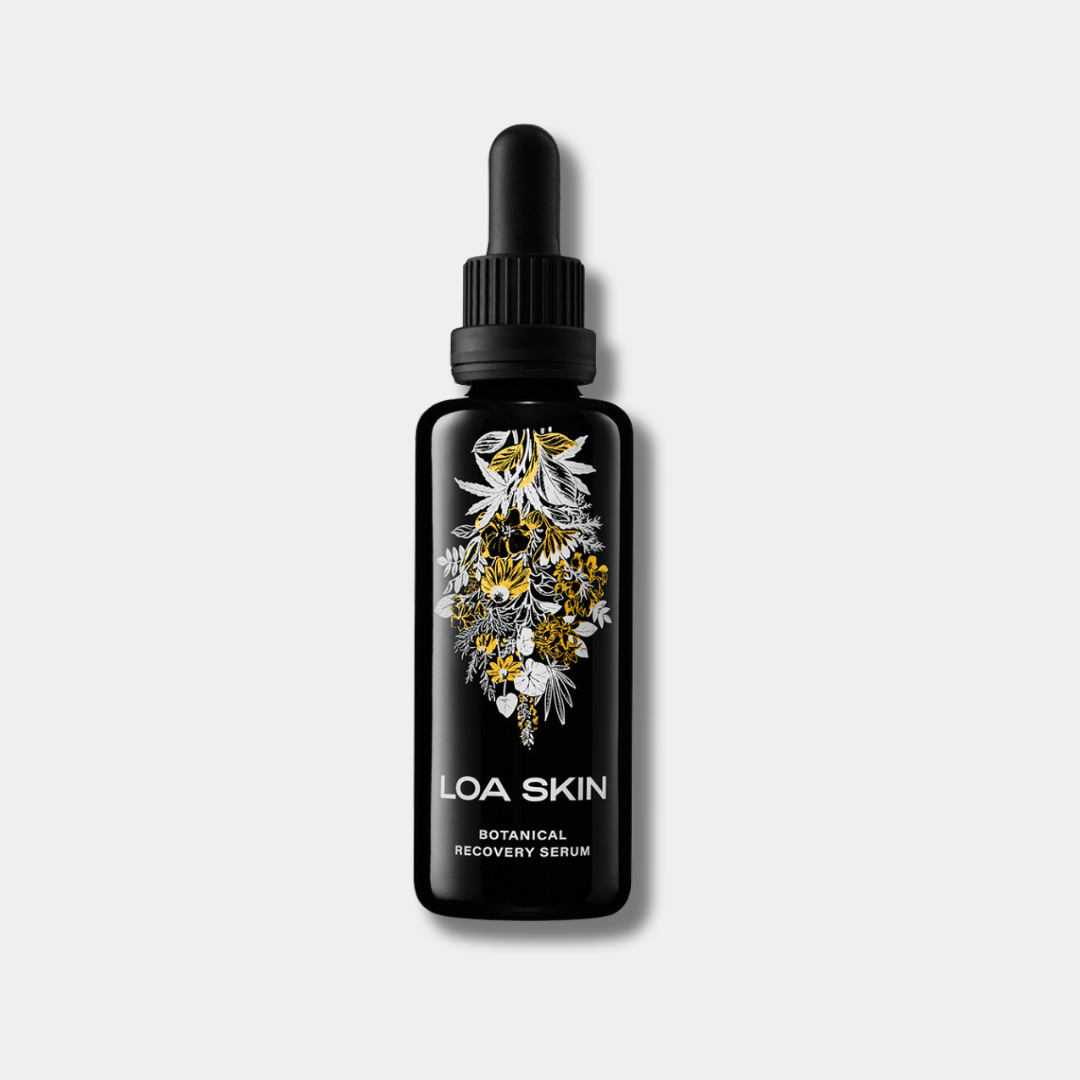
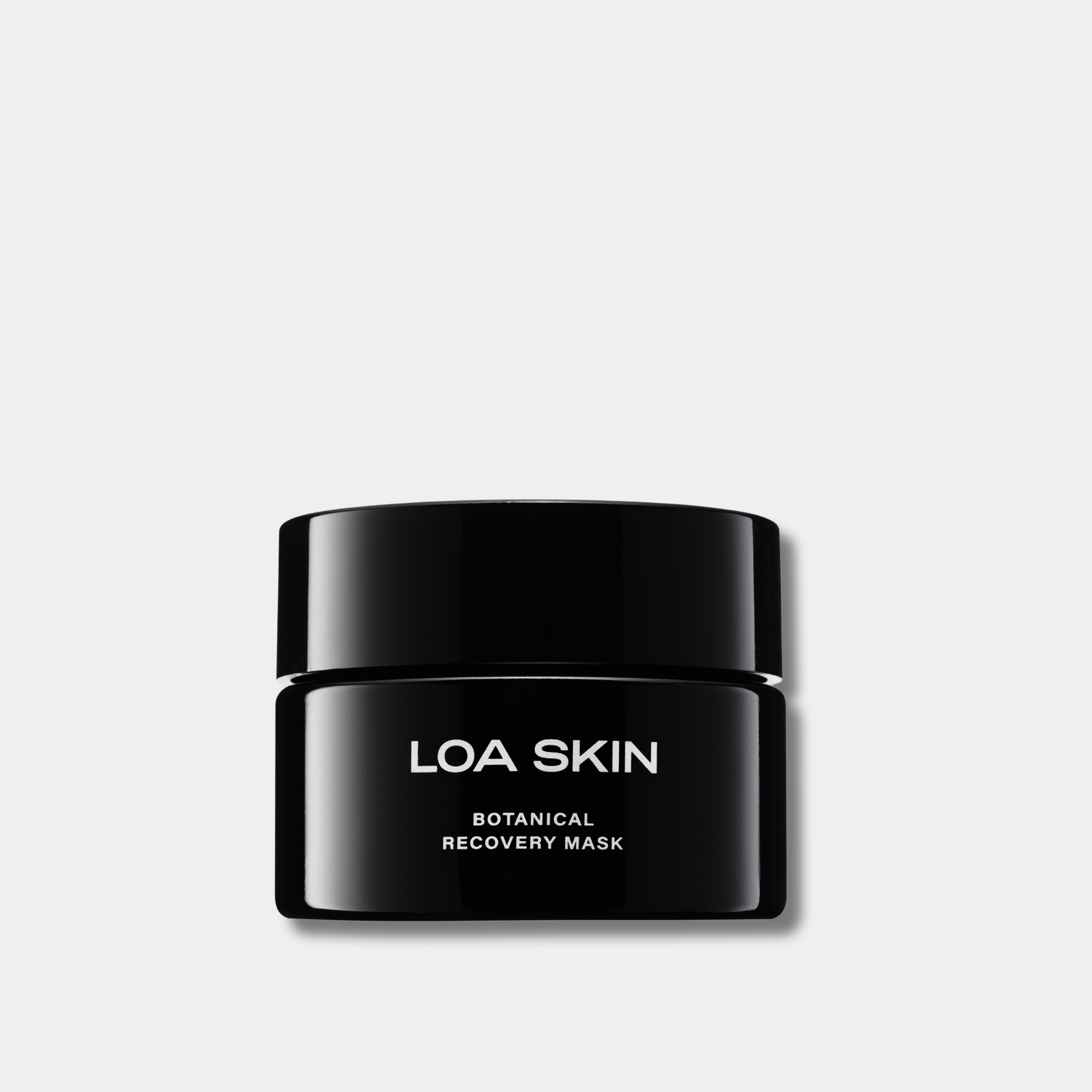
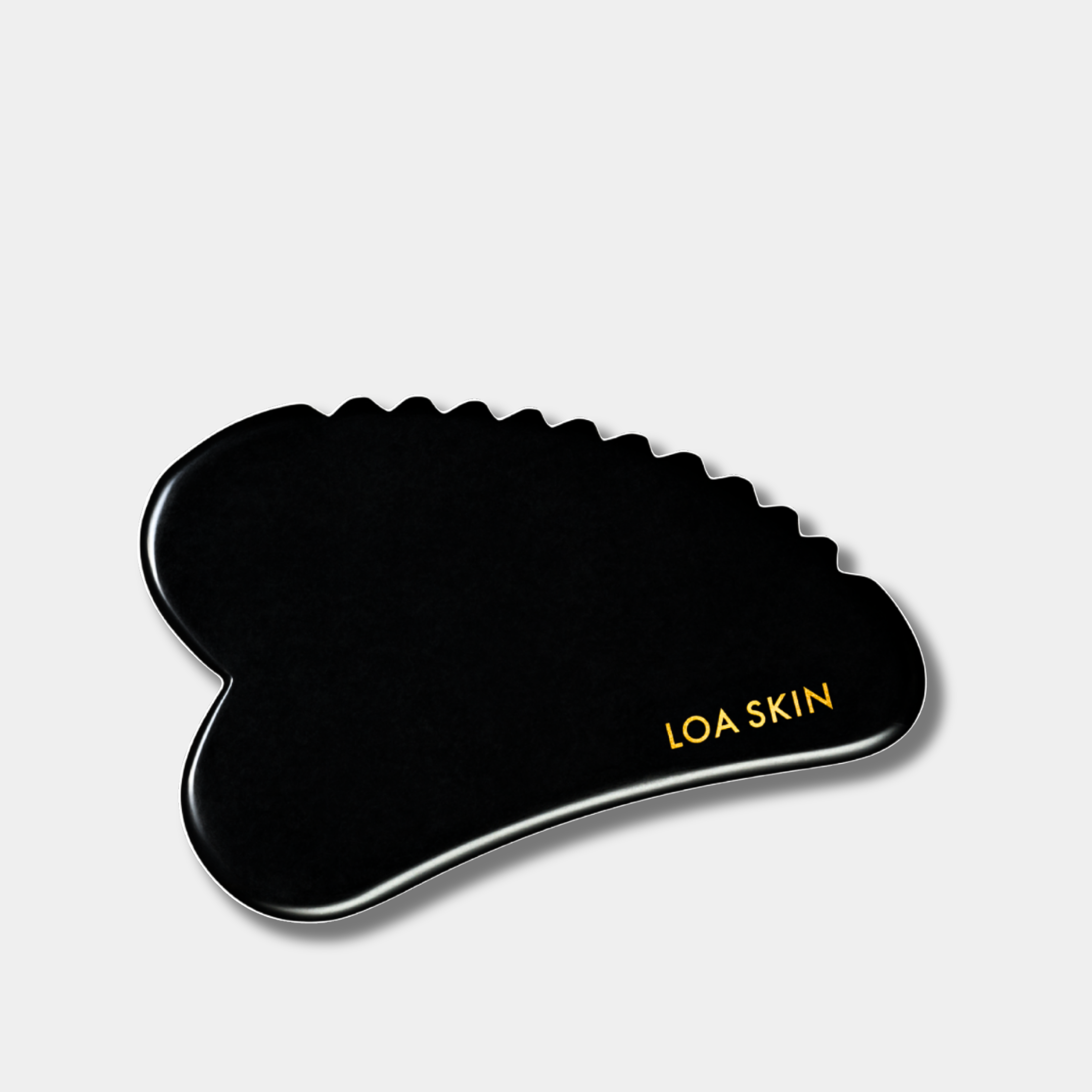
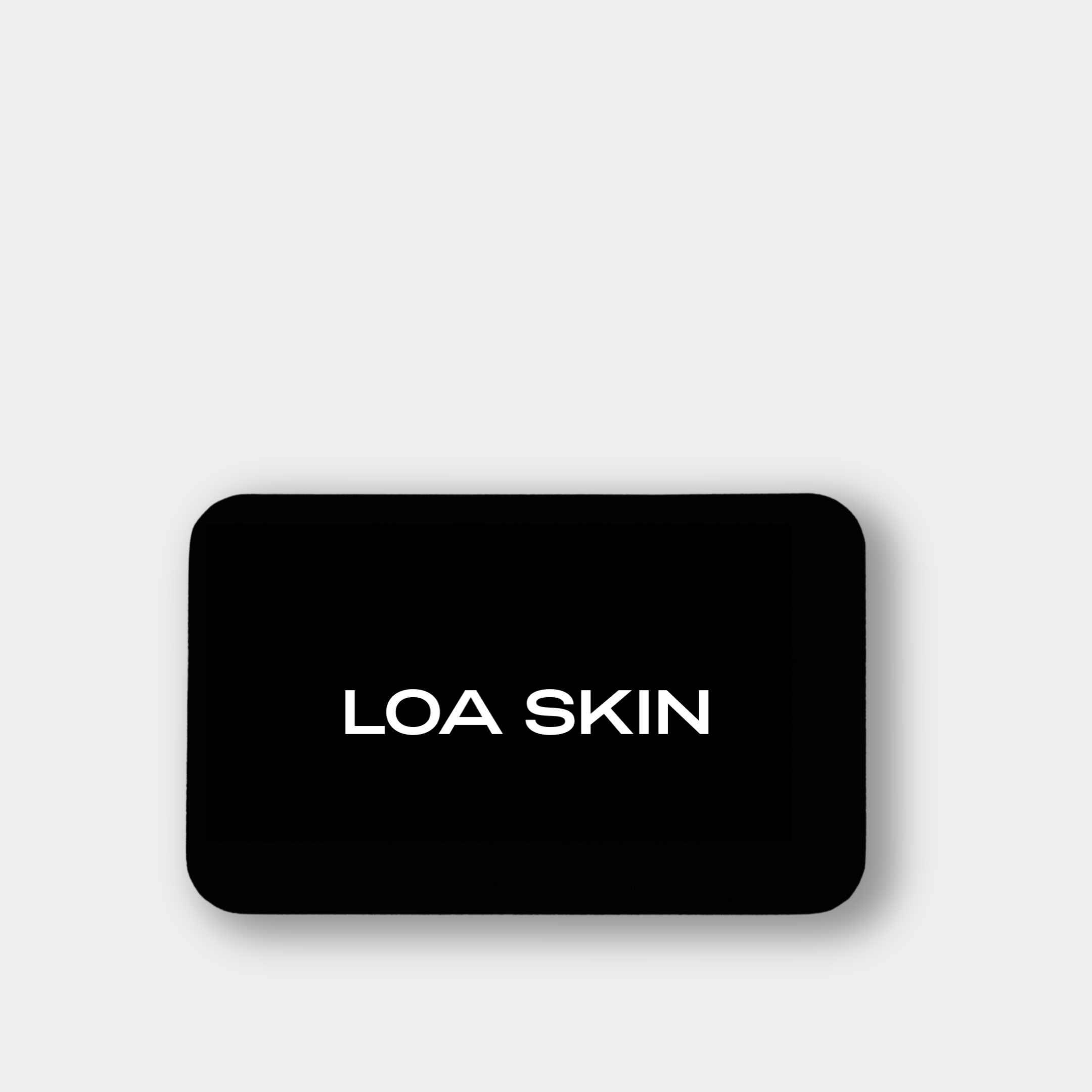
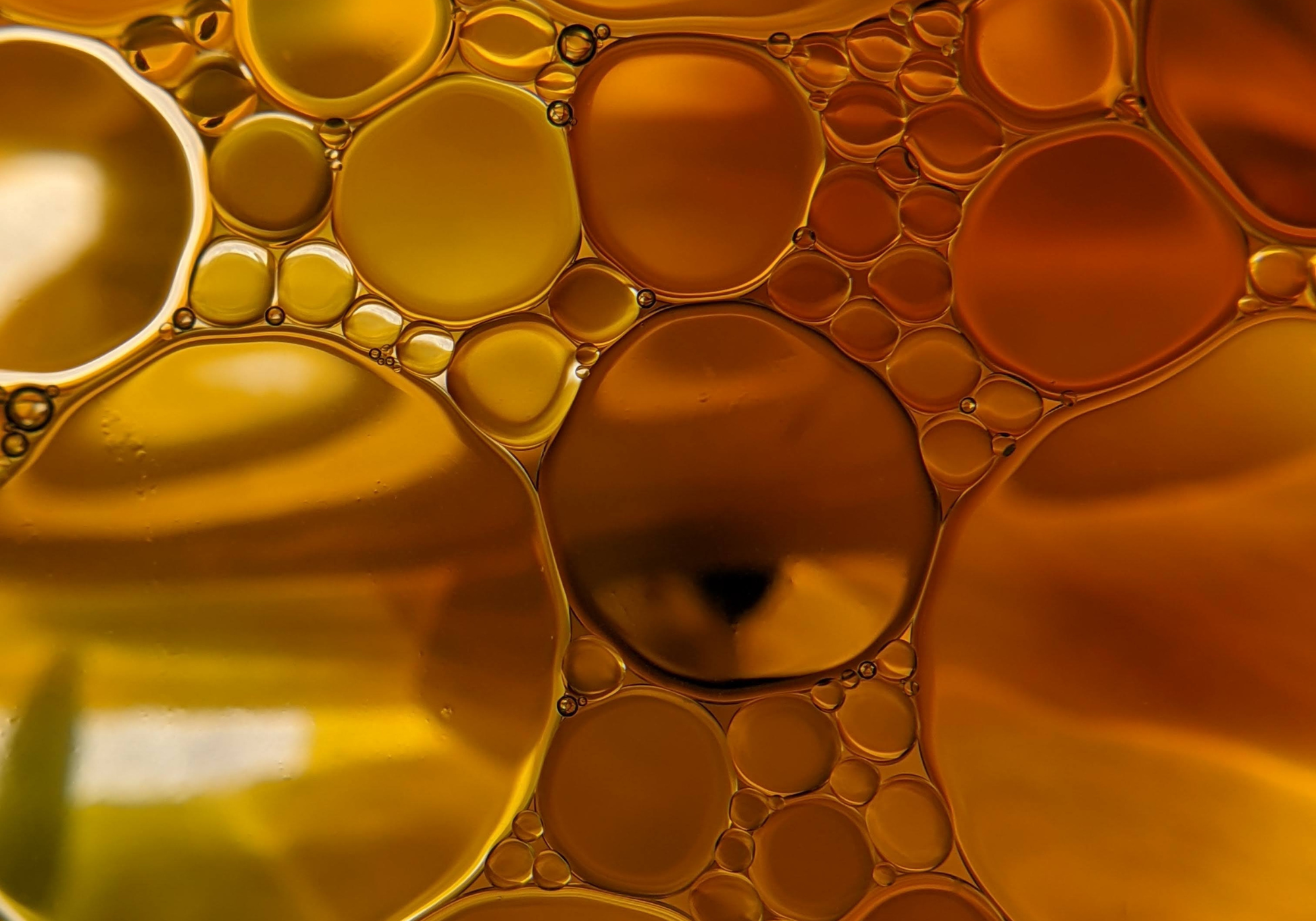



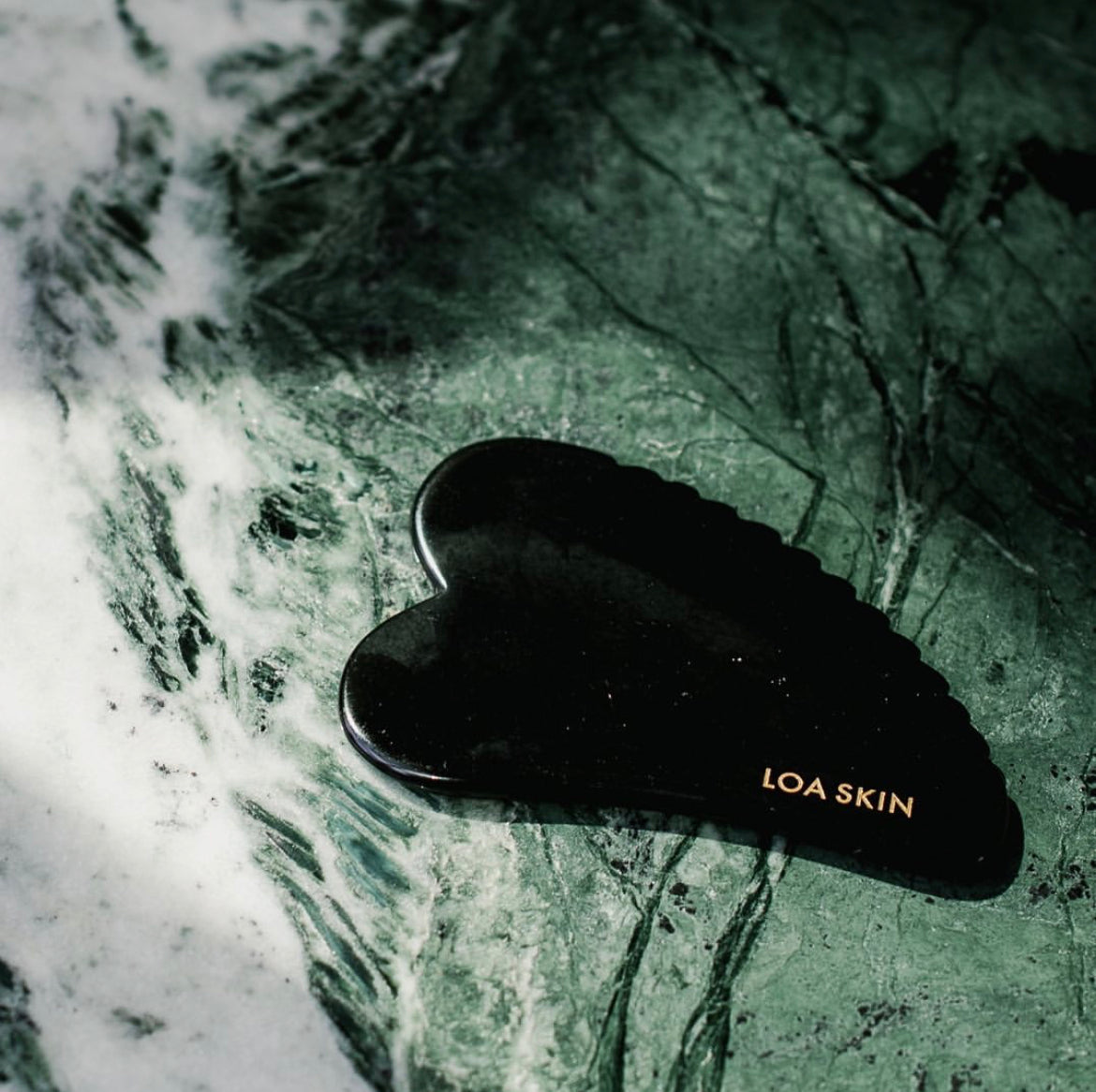
Leave a comment
This site is protected by reCAPTCHA and the Google Privacy Policy and Terms of Service apply.